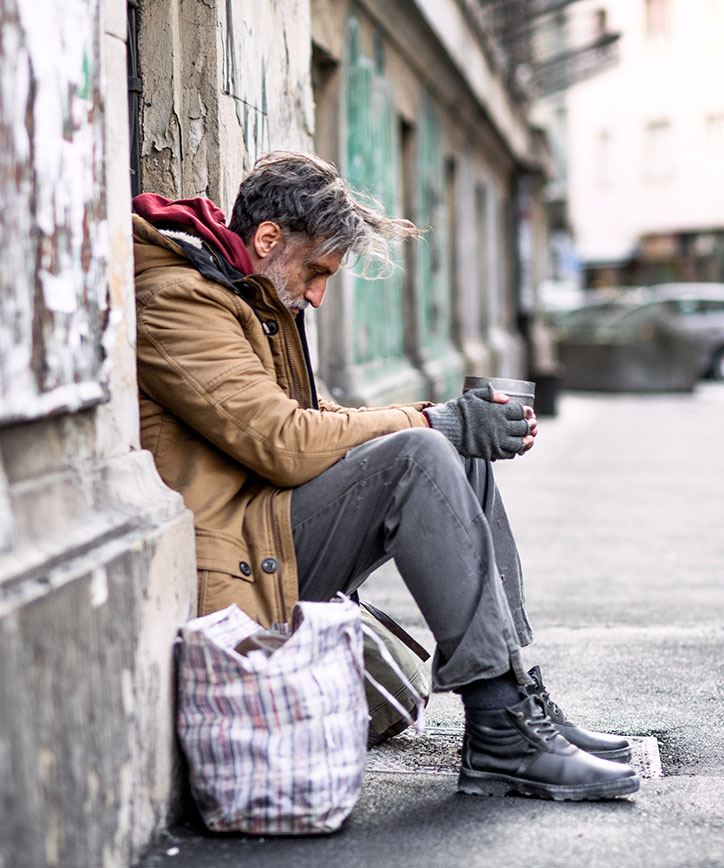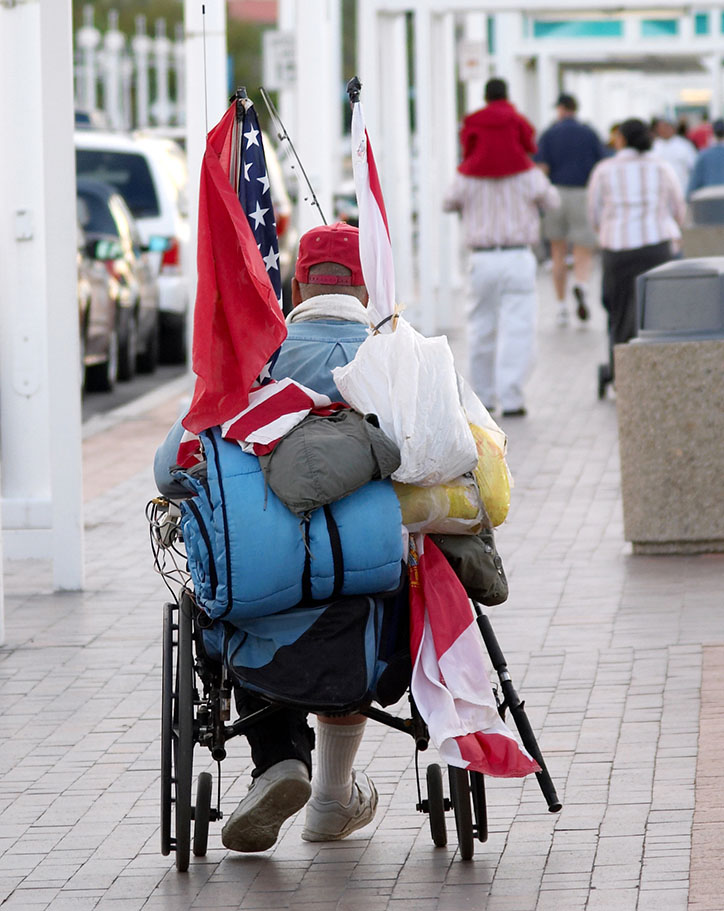The term at-risk youth typically implies a future with less than optimal outcomes. Youth are considered at-risk for a number of reasons. Examples include youth who may be:
At-risk youth are often identified after running away, skipping school, drinking under age, engaging in sexual behavior, displaying disruptive behavior, bullying/harassment, fighting, and committing acts of vandalism. These behaviors can be precursors to dropping out of school, acquiring low paying jobs and/or unemployment, and adult criminal behavior.


Advocacy is critical to creating the systemic changes needed to end homelessness amongst the underserved community. Advocacy means working with people experiencing homelessness to bring about positive changes in policies and programs on the local, state, and federal levels.
It means working with various sectors of the community (e.g. city/county officials, members of Congress, direct service providers, and the business community) to develop workable strategies for responding to homelessness. It also means changing your language and behaviors in small ways that may contribute to larger changes in the way people experiencing homelessness are seen and treated in our society.
The most integral part in helping the underserved/homeless members in our society is to ask them if they are willing and able to help themselves, and are they fully committed to a long term plan with benchmarks to achieve sustainability. Are they willing to stop doing anything that affects their well being.
There are so many worthwhile agencies and organizations that help veterans, often times a veteran can get to a low point in life and essentially give up. Here are some simple things each of us can do to help:
